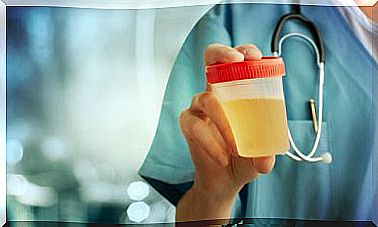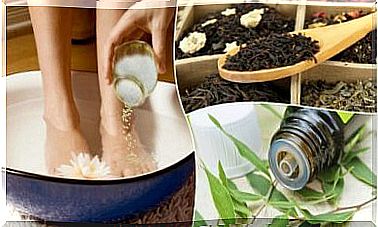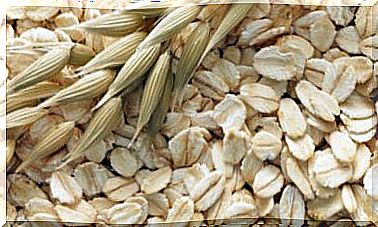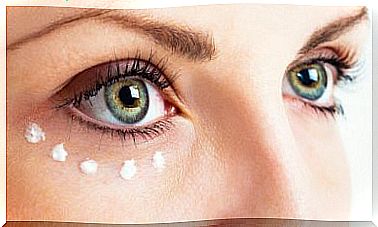Is The Belly Button A Source Of Bacteria?
Research has shed light on the hundreds of organisms that live inside the human navel. The belly button is a great source of bacteria. Did you know that this area is home to at least 60 species of fungi, bacteria and yeasts, according to data obtained in 2012?
We will tell you all about this true “jungle of bacteria” of our body below. You can’t stop reading this article!
The navel, a jungle of bacteria
In a study published in 2012, American researchers tried to determine the diversity of bacteria in the navel. The research found between 60 to 70 species of bacteria in the average person. In total, more than 1,400 species of bacteria were found in the umbilicus.
Thus, it could be said that the differences between individuals are large, as stated by Professor Robert Dunn, from North Carolina State University (United States). Dunn and his colleagues have collected bacteria from the skin of the navels of 60 subjects.
Men and women of different ages, ethnic origins, and even different hygiene habits were included in the study .
Researchers have not only focused on the bacteria content in the samples, but have also discovered fungi and some interesting yeasts. Scientists have confirmed the viability of these organisms through culture and are now in the process of sequencing the DNA of each species.
Until now, no clear explanation was known for why people differ so much in terms of their bacterial communities.
The differences that resulted from this study do not easily coincide with gender, ethnicity, age, or even with the frequency of washing. It is about something else.
The researchers, however, concluded that most of us share a relatively small group of bacterial species, with hundreds of other rare species harboring one and the other not.
According to Dunn, it may be that most of us share our common species, while the rare species we encounter are a measure of our individual histories and can be unpredictable.
Bacteria are a defense
The researchers chose to focus on the belly button, in part, because it tends to harbor so many organisms that they have often not been altered by cleansers, lotions, UV light, or other elements. It is likely that many people are now becoming more aware of the importance of washing the navel.
However, Dunn claims that such organisms, which are also found on our forearms, hands, and actually across the entire surface of the body, have an important function.
It is a kind of first line of defense against the pathogens that settle on us. We could say that they are a kind of army that lives in our skin. When a pathogen lands on it, these organisms fight it.
They change our behavior
In other research, Professor Elizabeth Archie from the University of Notre Dame (USA) and her colleague Kevin Theis analyzed microbial communities in humans and other animals.
These specialists point out that the bacteria can even change the behavior of its carriers. Steroids and other natural chemicals found under the armpits are one example.
These compounds are the main products of bacterial metabolism. In addition, they can give rise to all kinds of odors that affect the way we interact with others. For example, some Corynebacterium metabolize testosterone to produce a musky, urine-like odor, while others metabolize sebum and sweat to produce an onion-like odor.
According to these researchers, there is evidence that bacteria produce a strong odor . Now, armpit odors serve as recognition signals among humans.
These signals, in turn, seem to help us distinguish between individuals. Mothers, for example, have no problem recognizing their children just by smelling their armpit. Even with such family ties, our most intimate relationships in life are the still mysterious tiny organisms.









